Ecommerce Marketing in 2025: Channels & Growth Hacks
Learn how to create an eCommerce marketing strategy, which marketing channels to include & top strategies that big brands use to grow their business.
Updated November 6, 2024

Global sales of eCommerce products went through the roof over the last 2 years. Sales are projected to double from pre-pandemic levels, hitting $7 billion globally by 2025.
Everyone wants to capitalize on the momentum and grow their eCommerce business. The challenge is that there is so much information out there that it’s easy to get lost in all the fluff.
That’s why we wrote this guide.
In this guide you will learn:
- How to create a flawless eCommerce marketing plan
- Which marketing channels to include
- Some of the top strategies that big brands use to grow their business
Let’s dive in.
What is eCommerce marketing?
eCommerce is a general term describing the actions of buying and selling products or services over the internet. Ecommerce marketing is the practice of using promotional tactics to drive traffic to your online store, converting them into paying customers and retaining those relationships post-purchase.
A holistic eCommerce marketing plan is made up of marketing tactics both on and off your website.
You should start by identifying your eCommerce business model. This has further implications on marketing channels, audience personas, value propositions, and other areas of the digital marketing mix.
What are the types of eCommerce marketing?
1. B2C – Business to consumer
Anything you buy as a consumer: clothing, furniture, food, entertainment, etc. is done as part of a B2C transaction. The decision-making process for a B2C purchase is typically short term so the acquisition period is swift, and customer resistance is normally low. The simplest example would be fashion stores, which either exist entirely online and also have standalone stores like ASOS or Adidas.
2. B2B – Business to business
A firm that sells its products or services to another firm. The B2B model generally means a longer sales cycle, but a higher-order value. Any online service fits this category (Drift - a conversational marketing platform for example)
3. C2B – Consumer to business
When individuals sell goods and services to companies. For instance, a platform that allows people to post work they can provide and have companies bid for the opportunity. Affiliate marketing services can also be included in this category.
4. C2C – Consumer to consumer
In this model, consumers exchange goods and services amongst themselves and typically make their money by charging transaction or listing fees. For example Craigslist and eBay.
There are additional eCommerce Models which have emerged with the continuous growth of eCommerce:
- D2C: Where companies sell directly to their consumers, cutting out the distributor (and the overhead costs).
- White label: When a company applies its name to a generic product purchased from a distributor.
- Private label: When a retailer hires a manufacturer to create unique items for them to be sold exclusively
- Dropshipping: Marketing and selling of items fulfilled by a third-party supplier (AliExpress for example)
- Subscription service: Monthly/ annual subscriptions now exist in virtually every industry as they offer shoppers high convenience, flexibility, and savings.
Pro tip: Need help improving your marketing strategy? Check out our guide to creating a sample marketing plan for your brand.
Types of eCommerce Marketing Channels
Choosing the right inbound marketing channels is one of the most important components of eCommerce marketing. You might have a lot of ideas about which channels you want to invest your energy and budget in, but again, this should be based on your competitor research and uniquely customized to your target audience.
Here are the most common marketing channels that you should look at:
Email Marketing
Email is by far the most profitable marketing channel for any eCommerce brand. A lot of other channels (like search ads) often bring traffic that then converts into email leads. And those email campaigns you send to your email list then in turn help increase the conversion rate of your other marketing channels. The ROI from email marketing is at around $38 in sales for every $1 spent.
And the great thing about email marketing is how flexible it is. You can personalize your emails, target the right customer segment, and send the optimal messaging to each recipient at the exact time that they are more likely to make a purchase.
This channel is a must as it increases the ROI of all the traffic acquisition channels that flow into it, like Facebook ads and Google ads for example.
Here are some of the best email flows you need to have:
- Cart abandonment - targeting users that have added something to their cart and then left.
- Welcome flow - sent to new subscribers or new customers welcoming them to your online community.
- Upsell / Cross-sell - dynamically display the latest items that the user has looked at or added to their cart. You can also display similar or complementary products.
- Shipping / delivery notifications - sent each time the order is shipped or delivered. This is a super important touchpoint along the customer journey that will help you build loyalty and dramatically improve the user experience.
Combine your email marketing campaigns with other channels - SMS marketing, chat messages, push notifications - to provide a more cohesive user experience and increase your sales.
So for example, send a push notification in the morning, a chat message blast at noon, and your email campaign in the afternoon, all with the same messaging and same promotion. This can dramatically grow your sales.
We cover all of these flows in-depth in our guide to email marketing for eCommerce.
Social Media Marketing
Once you've set up your flows, the next marketing channel to focus on is social media. It's a super-powerful channel for any eCommerce brand. It allows you to connect with audiences for free, bringing more clicks and sales to your site.
Ecommerce sites are highly visual and need to pick the best platforms that help show off their goods in the best possible way. It's best to post on Instagram and Pinterest to target those audiences with the highest purchase intent.
A really good eCommerce plan doesn't just throw designs that look nice together. It gathers data about its audience and then uses that to create social media content. And that's what helps them optimize, increase engagement, and get better and telling their story.
Like Neil Patel once said - the foundation of your marketing efforts is to understand who your target audience is and why they use social media. To do so, we need to utilize demographics and psychographics.
Paid Advertising
Advertising is the number one way to get more sales to your eCommerce store, and there are many ways to advertise. Most marketers still spend the majority of their advertising budgets on Facebook because they have the best ROI. Data shows that an average Facebook user clicks on 12 ads per month and Facebook has by far the largest audience at 2.14 billion people.
There is a lot of software that you can use to improve & automate your advertising campaigns. You can use Taboola or Outbrain to run native ads on large publisher sites. You can also use Mayple to display all of your advertising data in one place and make sense of it better.
For more examples of some of the best display ads that drive sales for eCommerce brands, check out our Ultimate Guide to eCommerce Advertising.
Search engine optimization (SEO)
The next channel you should use is organic search. A study that analyzed over 18,000 eCommerce stores in the United States found that 30.5% of all traffic was coming from organic searches on Google, Yahoo, and Bing. That's almost a third!
And it’s not enough to show up somewhere on Google, you have to show up on the first page. Studies show that 70%-92% of all organic traffic is captured on the first page of Google, consumers just don’t visit the second page. So it’s really important to show up at the top of the search engine results.
How do you do that?
Ecommerce SEO breaks down into two critical components.
On-page SEO
Optimize your site for Google, especially the category and product pages for search engines. That means adding your target keywords into the URL, title, headers, and meta descriptions. Also, make sure that you have all the different aspects of your items that searchers are looking for like dimensions, weight, warranty, color, and other important attributes.
Off-page SEO
Acquire more backlinks from reputable sites in your industry to improve your keyword rankings. This could be partnerships with other blogs, writing blog posts that get shared and linked to from large publishers, or getting included on gift guides.
This can also help your PR efforts. Use Ahref's free plan to manage your backlink campaigns.
There are a lot of free SEO software & tools that can help you optimize both the on-page and off-page elements of your SEO campaign.
Pro tip: launching on Google Shopping can give you more search visibility and a boost in organic traffic. So make sure to explore that channel.
Conversion rate optimization (CRO)
Now that you've set up your various acquisition channels and you are getting a steady flow of shoppers it's critical that you focus on your conversion rates. Every successful eCommerce company is built on data and utilizes heat maps and/or surveys to collect data on what works and what doesn't.
You can also get live recordings of participants going through your site and trying to check out, and then optimize or test things according to what they said was most problematic or unclear. Evaluate whether it's easy for a user to complete your order, to add something to their cart, to even find the item that they are looking for.
What are some of the most important things to test?
Here are a few.
- Browsing your website should be intuitive, make sure your top menu & site structure is clear
- Optimize your site speed and compress all of your images
- Have eye-catching high-quality images for all of your products
- Make sure your calls to action (CTAs) are clear
- Optimize your checkout process
- Use Google Analytics to get data on your bounce rate and visit duration
- Optimize for mobile traffic
- Install a live chat widget to capture more online sales and respond to customer concerns in real-time
CRO is one of the top tactics that Amazon used to grow to be the largest eCommerce platform in the world. They have perfected the buying process to such a degree that they’ve turned online shopping into a seamless experience.
To learn more read our Ultimate Guide to eCommerce Conversion Rate Optimization.
Content marketing
Content has long been considered a cornerstone for digital marketing success. Good content helps “educate” your audience and encourages them to buy. Most marketers focus on sending out promotions, offering gifts, and writing salesy posts.
These are powerful techniques but they only help convert the bottom of the funnel visitors, those visitors that are ready to buy and just need that extra incentive.
You should focus on all 3 parts of the marketing funnel - the top, middle, and bottom. That means writing posts that educate those visitors that aren't ready to buy yet, writing shopping guides for people that are comparison shopping, and including promotions whenever it's most appropriate.
If you focus on writing long-form guides that educate the consumer and genuinely to try to solve their problem, provide answers, and tell stories - then you can receive a lot of high-quality leads from people looking for this information on Google.
Here's an example of a super-comprehensive beard-growing guide from Beardbrand:
We put most of our emphasis on content marketing and only spend 10% of our marketing budget on ads. - Eric Bandholz, the CEO & Founder of BeardBrand.
Beardbrand receives more than 400,000 monthly visitors and 72% of that traffic comes from organic search.
To learn more, read our Guide to eCommerce Content Marketing.
Public Relations (PR)
Public relations is another form of content marketing it's just published on large publisher sites. This is a historically popular eCommerce channel that has morphed into a hybrid online / offline experience.
PR is a great way to gain exposure to an already engaged audience. There is a lot of software & tools for finding the right journalists to reach out to, such as PressHunt, where you can access over 750k journalists, reporters, and podcasters.
A lot of publishers have stores where they can create a page for you and promote your brand. They can also advertise your goods in their newsletters and send out custom promotions to their audiences. PR can be expensive, but if you do it right, it could help you vastly increase your customer base and create massive growth.
Here's an example of the online store at Entrepreneur Mag. It features gadgets, subscriptions, and goods from a variety of categories.
Affiliate marketing
How do these online publishers make money you ask?
Through affiliate marketing.
Affiliate marketing is one of the best ways to monetize relationships and partnerships with blogs and publishers.
You can set up an affiliate program very easily either by setting up your own using a tool like Referral Candy or joining one of the large affiliate networks such as PepperJam, Share-a-sale, Rakuten, or Refersion.
The advantage of joining a large affiliate network is that you can get access to thousands of publishers, blogs, and coupon sites on these platforms. And many external relationships you build with publications are then managed through one of these large affiliate platforms.
Pro tip: you can use the same affiliate tools to manage your loyalty program for loyal customers or a referral program for influencers.
Influencer marketing
Another great channel for eCommerce growth is influencer marketing. These are people that have built engaged audiences and can promote your brand to them. You can find the right people to work with by searching through your own followers, doing a hashtag search, or using a tool like Heepsy.
One of the most powerful influencer tactics is launching a giveaway campaign with a group of influencers. Take a group of influencers that have really engaged audiences and run one big giveaway with them.
Here's an example of a Tory Burch giveaway that got over 4k likes.
Here's another one from Milk Makeup:
Pro tip: offer prices and extra entries for users that post images or videos of your product.
This is called user-generated content (UGC) and it's a super powerful way to make your campaign go viral. Ask your current customers to share images and videos of using your products, share success stories, and post all of this content on your product and category pages.
Frank Body, an Australian beauty company used UGC and influencer marketing to make $20M in sales in their second year. They did all this through really creative content and running giveaways around the hashtag #letsbefrank.
Remember, these influencers won't work for free. Some may want a free product but the majority will require a fee for their work. Check out the interview we did with Neal Schaffer where he teaches how to know what to offer each influencer, and which influencer tools to use.
Need help picking and growing the right eCommerce channels? Work with one of our top-notch eCommerce experts.
The eCommerce marketing funnel
Most marketing funnels follow the same stages to get prospects from “strangers” to “happy customers”. The transition from one stage of the flow to the next is facilitated by the e-commerce marketing channel mix.
Here they are:
Awareness stage
Buyers are interacting with your website and at this point, visitors are interested in what you have to offer but aren’t familiar with your brand. Your task is to educate them to start building trust (hopefully also getting them into your email lists to further contact them). This is a great time to offer a free guide or lead magnet.
Interest stage
These are people that are shopping. They have recognized your solution to their needs, and your task is to keep them engaged by offering them to join your newsletter list, download a helpful freebie, and/or join your following. They are ripe to continue to the next part of the funnel.
Purchase stage
Buyers who are ready to complete a purchase. At this point, they are aware of you and how you solve their problem or answer their needs, and now need that nudge to go through the checkout. Your task is to make this transition easy with minimal friction points for your buyer to back down (easy and secure payment for instance). You can seal the deal with extra complimentary offers or first-time purchase discounts etc.
Repeat stage
Buyers who have completed a purchase are a great resource to nurture towards repeat purchasing (especially if they are pleased with you). Your task is to keep them happy and offer them additional purchases and incentives to become your brand’s advocates, further feeding potential new buyers into the top of your eCommerce marketing acquisition funnel.
Should you hire an eCommerce marketer or go with an eCommerce agency?
Now that you have mapped out a clear eCommerce marketing plan it’s time to put it into action. The question that arises is whether to hire someone internally or to outsource by hiring an eCommerce marketing agency.
There are pros and cons to both.
The Pros of hiring an eCommerce marketer
Complete customization and control - since you hold the reigns you know your marketing will remain focused and aligned with your needs.
Accessible manpower - you have a dedicated employee executing and monitoring the process. And any issues, should they arise can be handled swiftly and on-premise.
Cost control - outsourcing usually costs more than hiring your own team. This can be easier to do for small or new companies who are not going to see an immediate return on such a large investment.
The Cons of hiring an eCommerce marketer
Time-consuming - building your own eCommerce marketing team and managing an online store requires development, tech support and more time spent that might be better allocated elsewhere towards improving your core offering.
Lack of expertise - eCommerce is becoming increasingly complex, especially if you are expanding globally. Payment processing, taxes, shipping are all key areas that need to be properly managed. In fact, failing to do so can be detrimental to your brand. So, if you don't have the expertise on your team, you will need to put in the effort to hire someone.
The Pros of hiring an eCommerce agency
Knowledge and experience - Outsourced eCommerce marketing teams have accumulated useful experience and top eCommerce marketing tactics that can help you achieve your revenue & sales goals much faster.
Time-saving - The flip side of the above-mentioned drawback of hiring a freelance marketer. Hiring an external eCommerce marketing firm enables you to launch an online store quickly without having to invest your own precious time to create your own solution.
Security solutions - large eCommerce platforms comply with payment and security standards providing trust on your behalf.
The Cons of hiring an eCommerce agency
Hiring with confidence - The always existing uncertainty that you have made the right choice and that your new partner has the skills and technical capabilities to support your brand's needs and keep up with the latest eCommerce marketing trends.
Budget constraints - It can be tricky to keep the eCommerce marketing agency adhere to a limited budget. Concerns that you must share if you do decide to hire an outsourced team.
You’re not their priority - Agencies have more than just you as a client, so you should rightfully be concerned whether they are dedicating all their possible efforts to managing your account.
Recap
There are endless opportunities to grow your eCommerce brand.
If you want to succeed you have to pay careful attention to user experience, publish valuable and relevant content, continuously optimize your website, launch paid media campaigns, and of course, create unique messaging.
Now, remember, don't launch too many eCommerce marketing campaigns at once. Start with the most important ones - post on social media platforms, use pay-per-click advertising (PPC), Facebook and Google ads, search engine optimization (SEO), and email marketing.
Then as you win on those, strategically choose your influencers, run UGC campaigns, gather more social proof, and you're off to the races.
One really important aspect of any successful marketing campaign is the focus on data and a company culture that's conducive to testing ideas and optimization. That means, surround yourself with people that aren't afraid to A/B test every marketing change and optimize the site and marketing campaigns based on that data (and not on based on their opinions).
A successful eCommerce marketing plan is one that builds trust, loyalty, and creates ‘word-of-mouth’. If you don't have the resources on the team to manage these marketing channels properly you can always either outsource your eCommerce marketing plan or find a top-notch marketer through Mayple 😉.
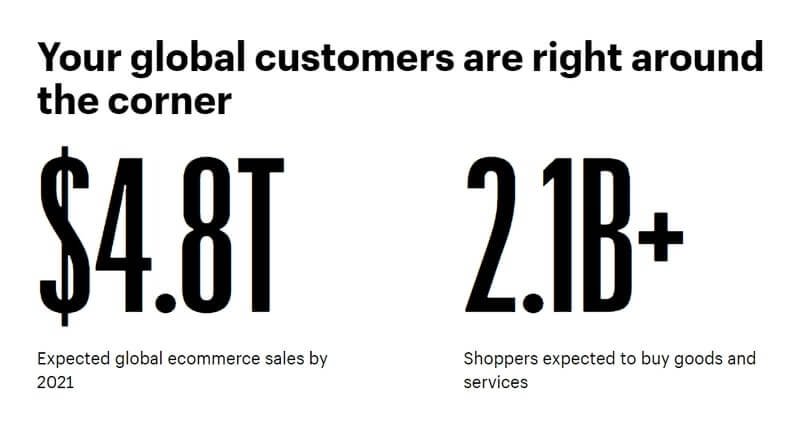
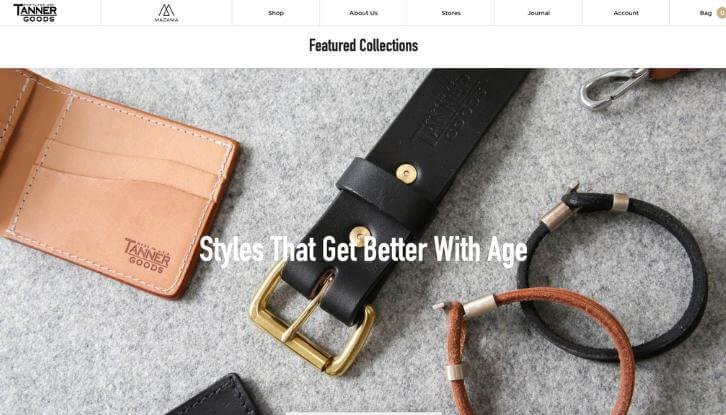
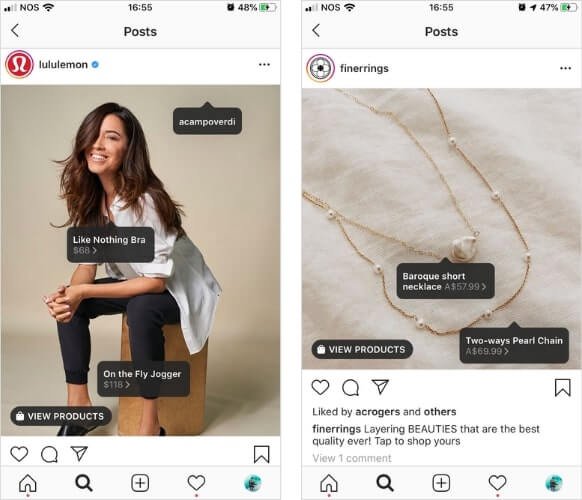

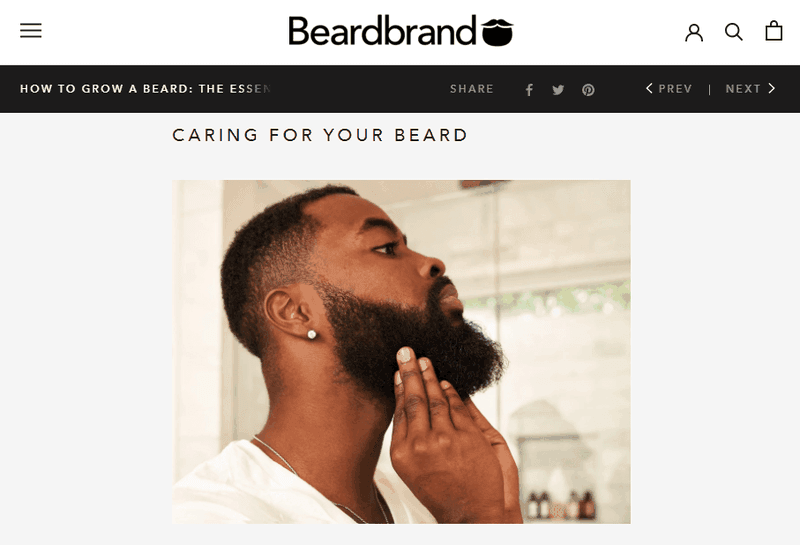
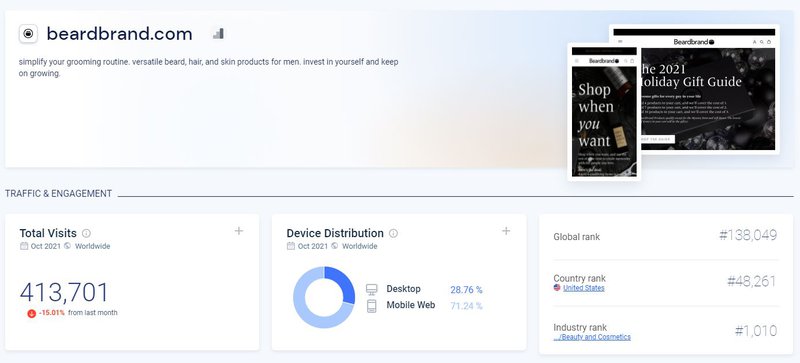

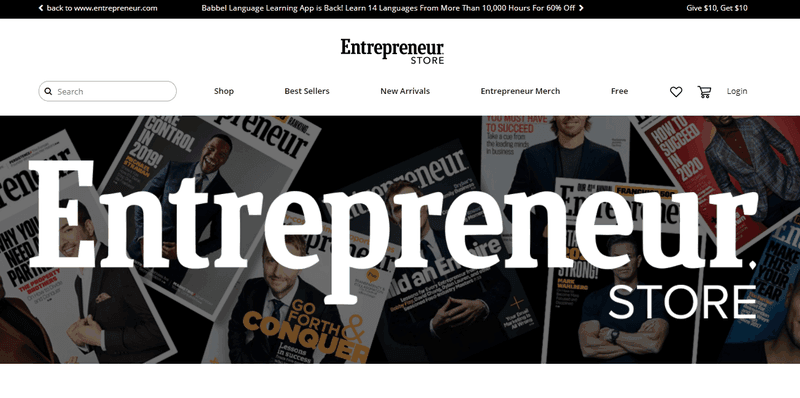
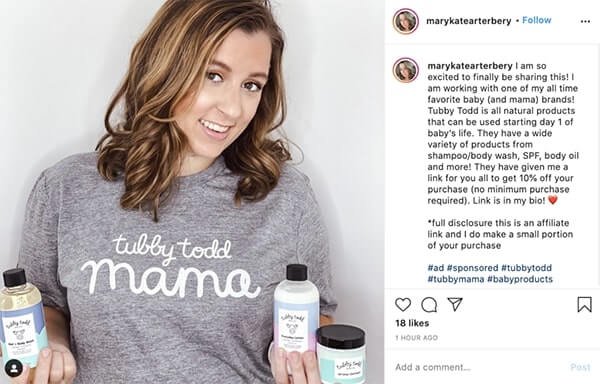


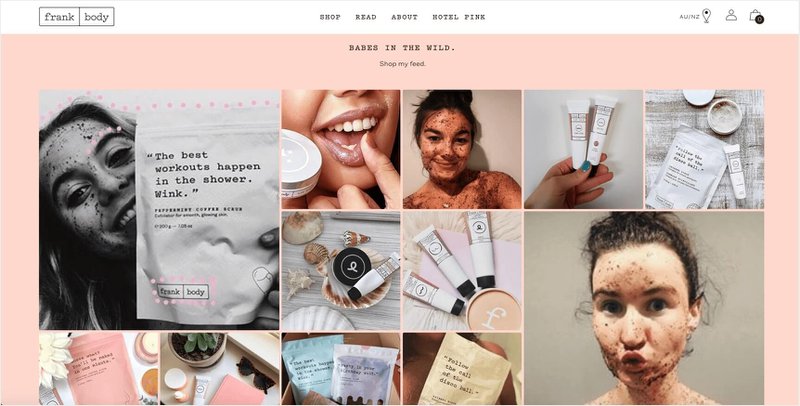
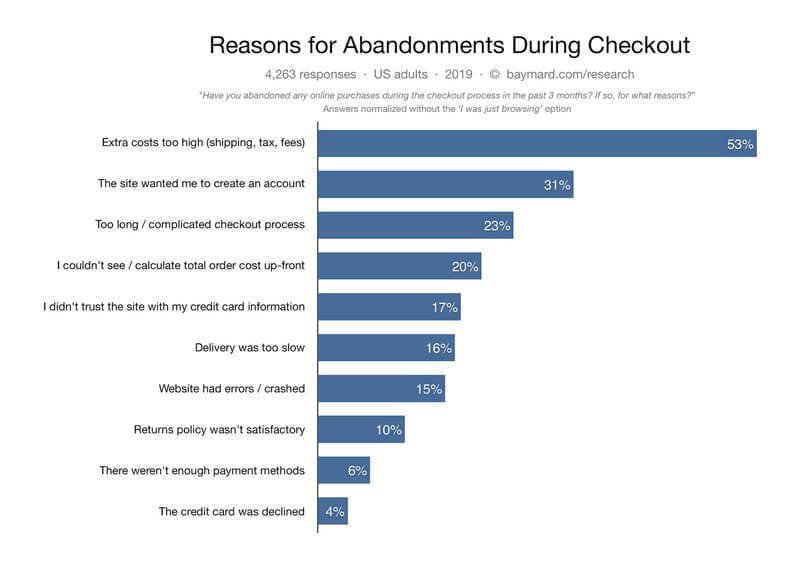


![[Interview] Dan Tyre on Top Inbound Marketing Strategies for eCommerce](https://entail.mayple.com/en-assets/mayple/fit-in/280x280/60d4974020f2a656f58d1109_1200506278414781Mayple1920x1080AD2_01_6ac14351c32601d437330d555c5b845b_2000-1699777193688.png)
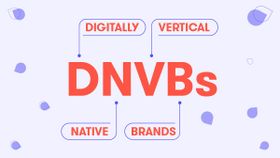
![[Interview] Jamie Turner on One-to-One Marketing, Data, and Hyper-Targeting](https://entail.mayple.com/en-assets/mayple/fit-in/280x280/60a0cd383502c074ee5083e4_1200308662230542Mayple1920x1080LA3_02_e5d1890c275fffc0736b1687ad9c7674_2000-1699777182228.jpg)